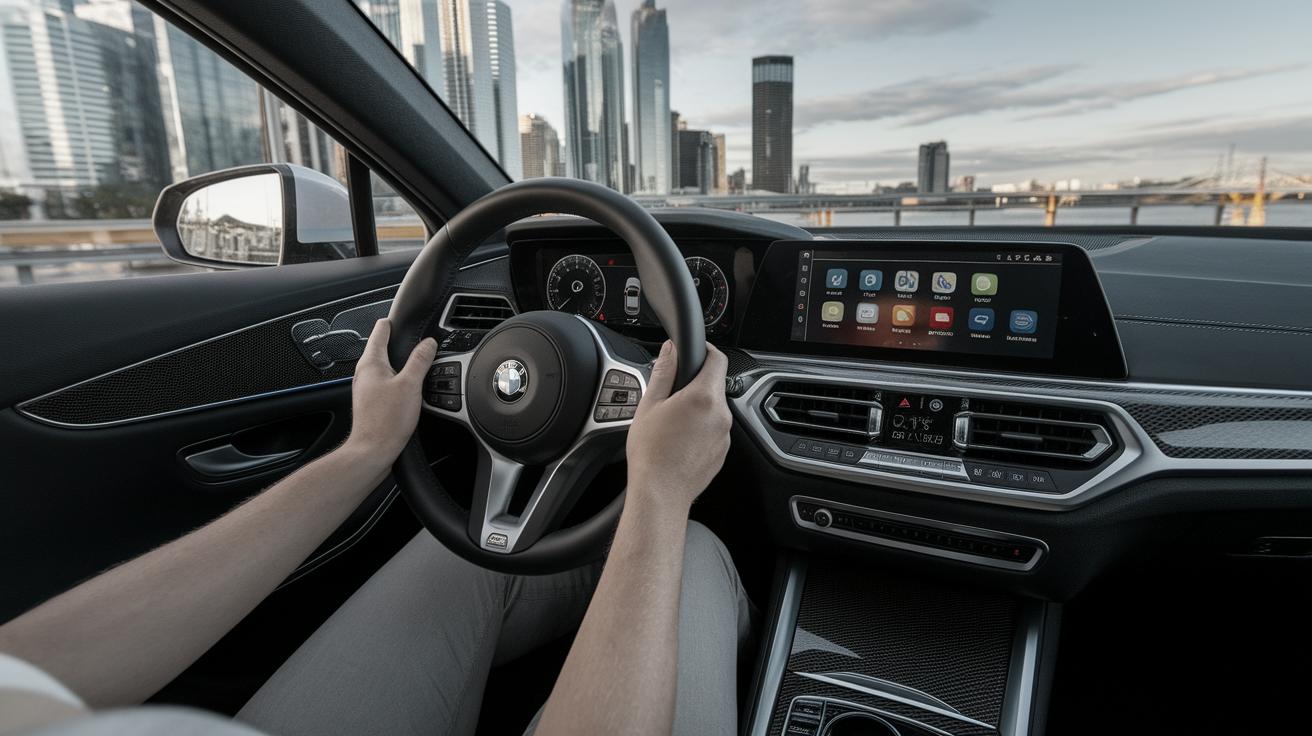The Features of Modern Car Infotainment Systems
Modern car infotainment systems have evolved far beyond just radios and CD players. Today, these systems offer a wealth of features that improve the driving experience by providing entertainment, navigation, connectivity, and more. This blog post delves into the history of in-vehicle infotainment systems, explores the top features that distinguish the best systems, and highlights the potential future of this technology. Whether you’re a car enthusiast or just curious about the latest tech trends, understanding the capabilities and innovations behind these systems is essential.
A Brief History of the In-Vehicle Infotainment
The concept of in-car entertainment dates back to the early 20th century, with the introduction of the first car radio in the 1930s. These early devices were revolutionary, offering passengers the ability to listen to news and music on the go. Over the decades, car radios evolved, incorporating features like cassette players and later, CD changers, which enhanced the audio options available to drivers and passengers.
The late 20th century marked a significant turning point with the advent of digital technology. Car manufacturers began integrating digital media players, GPS navigation, and even DVD players into vehicles. This era laid the groundwork for today’s sophisticated infotainment systems, which combine multiple functions into a single, integrated interface. As technology advanced, so too did consumer expectations, pushing automakers to continually innovate.
Top Features Differentiating the Best Car Infotainment Systems from the Rest
One of the standout features of modern infotainment systems is connectivity. Advanced systems offer seamless integration with smartphones through platforms like Apple CarPlay and Android Auto. This connectivity allows drivers to easily access phone functions, such as calls and messages, while retaining superior audio quality and minimizing distractions. Furthermore, these systems often support voice recognition, enabling hands-free operation.
Another crucial aspect that sets top infotainment systems apart is their navigation capabilities. Premium systems provide real-time traffic updates, multiple route suggestions, and even voice guidance. Some advanced models integrate with satellite systems to offer more precise and up-to-date route information. They may also include additional features like weather updates and points of interest, making the driving experience both safer and more enjoyable.
Entertainment features also play a significant role in the quality of a car infotainment system. High-end systems support digital radio, streaming services, and extensive media libraries, ensuring passengers have a wide array of content to choose from. Audiovisual quality is often enhanced by premium sound systems, creating a rich, immersive listening experience that enhances long journeys and everyday commutes alike.
Next Steps
The future of car infotainment systems promises even greater integration and innovation. With the rise of electric and autonomous vehicles, infotainment systems are expected to evolve into comprehensive digital cockpits. These will not only provide entertainment and connectivity but will also integrate with vehicle functions for a more cohesive, user-friendly experience. The table below summarizes the key features discussed in this blog post.
| Feature | Description |
|---|---|
| Connectivity | Integration with smartphones, offering hands-free operation and voice recognition for calls and messages. |
| Navigation | Real-time updates, route guidance, and satellite system integration for enhanced driving assistance. |
| Entertainment | Support for digital radio, streaming services, and premium sound systems for an enriched audio experience. |
About the Author
Lucas Martin is a 23-year-old journalism and communications graduate with a passion for creative writing and technology. Having honed his skills through various internships and projects, Lucas aims to work in the online media or technology industries. In his free time, he enjoys exploring new tech trends and traveling to discover new inspirations for his writing. Always eager to learn, Lucas is dedicated to staying ahead of the curve in the ever-evolving digital landscape.

Leave a Reply